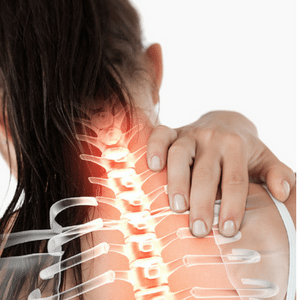Archive for the ‘Dr. Sal’s Papers’ Category
Welcome to Intelligent Chiropractic's Dr. Sal’s Papers Archive. Here you can learn more about Intelligent Chiropractic, Chiropractic, and Dr. Salvatore Minicozzi, today's choice for Chiropractors in Sandy Springs, GA. Read Dr. Salvatore Minicozzi's Chiropractic Dr. Sal’s Papers for the health of it.
We look forward to serving you! Call - (404) 531-9525.
by Dr. Salvatore Minicozzi | Apr 1, 2019 | Dr. Sal's Papers

Salvatore J. Minicozzi, DC, CCEP (1), Brent S. Russell, MS, DC (2) (1) Private practice of chiropractic, Sandy Springs, Georgia, USA (2) Professor, Dr. Sid E. Williams Center for Chiropractic Research, Life University, Marietta, Georgia, USA This report discusses the pelvic tilt therapeutic exercise as an examination procedure for low back pain (LBP). In...
Read More >>
Introduction The history of the chiropractic profession is one of the numerous conflicts with medicine. The authors believe that trends in the current era may be different, based on anecdotes from colleagues. A recent article in the Journal of Chiropractic Medicine notes “expanded collaboration with and participation in mainstream health care delivery systems,” and “an...
Read More >>
Although most doctors of chiropractic (DCs) practice in a healthcare office setting,1 recently there has been heightened interest in the role of chiropractic care in corporate on-site health clinics. For example, the Foundation for Chiropractic Progress (F4CP) report2 mentions 2 studies that found the inclusion of chiropractic care in on-site clinics resulted in lower utilization...
Read More >>
The following post is an article written by Salvatore J. Minicozzi CCEP, DC, Brent S. Russell MS, DC, Kathryn J. Ray DC, Alessandria Y. Struebing MSPH, andEdward F. Owens Jr. MS, DC which was published by the Journal of Chiropractic Medicine. Objective: The aim of this study was to look for differences between patients with...
Read More >>


![[Case Study] Chiropractic and Surgical Interprofessional Consultation in an Adolescent Patient Undergoing Lumbar Fusion](https://intelligentchiropractic.com/wp-content/uploads/sites/28/2019/01/case-study-minicozzi-lumbar-fusion.png)

